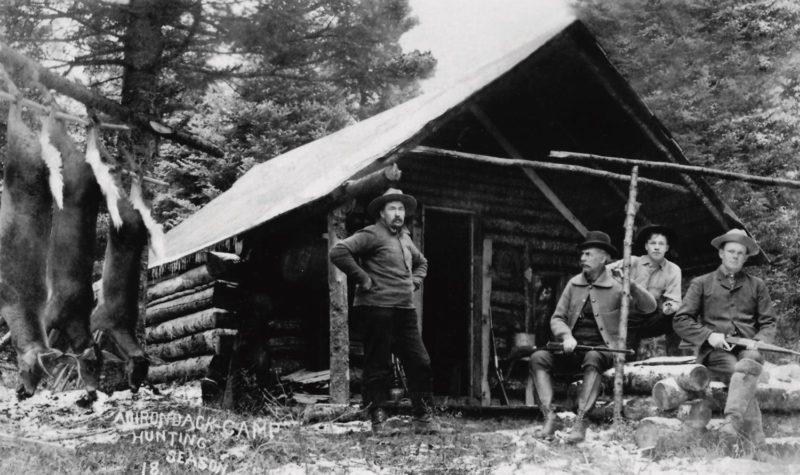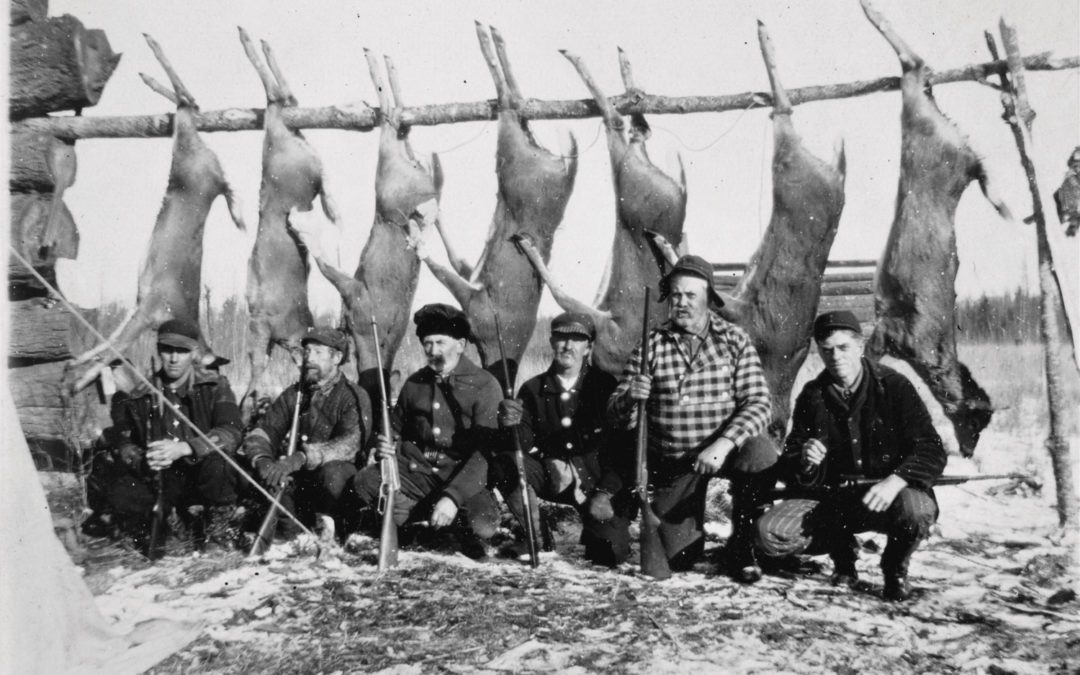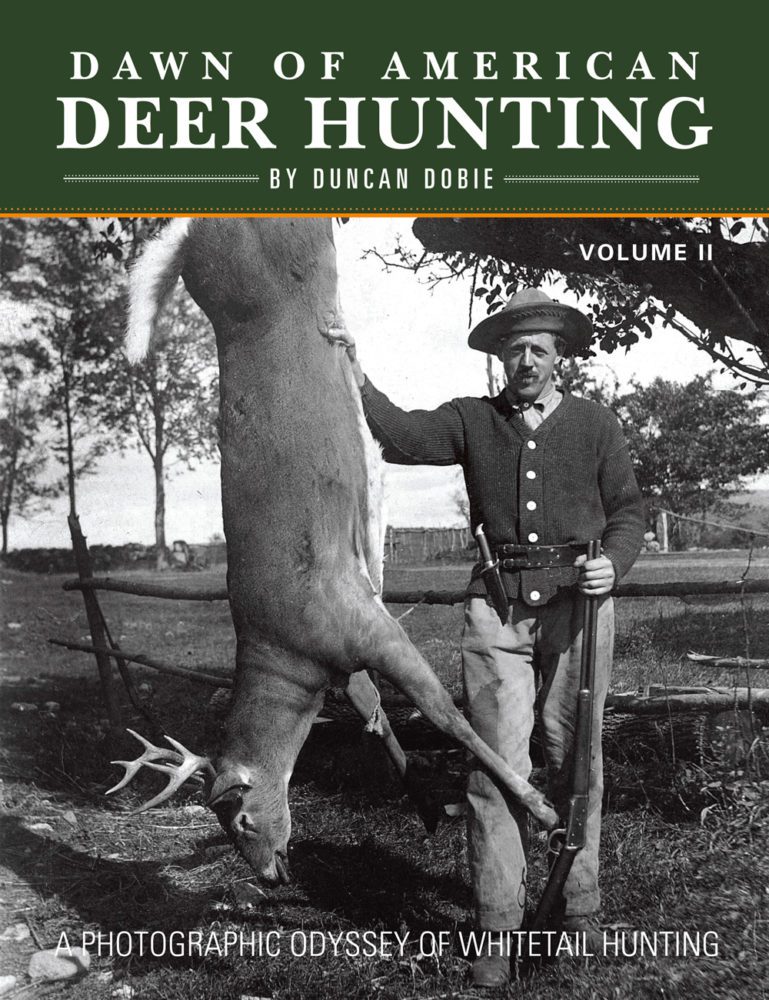Order before 12/18 to ensure Christmas delivery.
The Gilded Age in America was a 30-year period of rapid growth, expansion and industrialization that took place from the end of the Civil War to the beginning of the new century. The term was first used by Mark Twain and Charles Dudley Warner in their classic 1873 novel, The Gilded Age: A Tale of Today, in which they satirized the idea of “get rich quick schemes” through land speculations that were so prevalent in the early 1870s.
To the authors’ way of thinking, “a thin gilding of gold” was something artificial that represented the mythical idea of getting rich quickly through speculation. In truth, speculation often led to disaster.
On a national scale, the Gilded Age did in fact represent a time like never before. Due to the country’s rapid industrial growth, incredible wealth was attained by families, individuals and companies through the commercial expansion of such important new industries as oil, steel and transportation. But it came with a price. Along with that rapid growth and westward expansion, the country also experienced wanton exploitation of its natural resources. By the turn of the century, people began to realize that abundant resources once thought to be limitless might disappear forever.

Adirondack Camp Hunting Season
The all-knowing guide stands with his hands on his hips as the “sports” on the right pose in front of the cabin. The older gentleman has a Remington Model 8 while the younger man to his right holds a Savage ’99. Several Winchesters lean against the cabin wall. The young man behind the older gentleman is holding something in his hand, possibly a cartridge casing that brought down one of the deer. Photo circa 1910.
By the early 1880s, millions of buffalo had been slaughtered on the western plains in less than two decades, putting the species on the brink of extinction. By 1900, millions of passenger pigeons had disappeared from eastern forests. White-tailed deer and wild turkeys rapidly declined in many eastern states as a result of market hunting and the deerhide trade. Virgin timber began to disappear in the Northeast, the Southeast and the Upper Midwest, leaving tens of thousands of acres of cutover wasteland. The mining of gold and other valuable minerals created erosion on mountainsides and silt pollution in streams and rivers. The old adage that a gray squirrel could climb a tree on the East Coast and work its way to the West coast without ever touching the ground was no longer valid.
To America’s credit, visionary leaders like President Theodore Roosevelt began to take vital steps to protect, restore and preserve precious resources. Game laws were established and enforced in many states. Wildlife refugees and sanctuaries were established to protect fish and wildlife species. For the first time ever, wildlife resources were looked upon as renewable, but certainly not limitless.

1903 advertisement promoting the revolutionary new “smokeless” .38-55 cartridge for the Marlin repeater.
If there ever was a gilded age of whitetail hunting in America, it occurred in the first two decades of the 20th century. New innovations in firearms, carried over from the late 1800s, continued to benefit sport hunters. For the first time in history, gun manufacturers like Remington, Winchester, Marlin and Savage were producing non-military rifles, shotguns, bullets and equipment specifically made for hunters.
New modes of transportation—namely automobiles and railroads—made it possible for hunters to become more mobile than ever before. Hunters could now travel to distant and hard-to-reach destinations once difficult and time-consuming to reach with a horse and wagon. In some areas like northern Maine, short-line railroads were built specifically to transport sportsmen from cities to remote hunting and fishing camps.
The new century saw almost two full decades of peacetime with no devastating wars to plague the growing nation, making it easier for whitetail hunters to focus their efforts on America’s No. 1 big game animal. Sadly, all that changed in 1917 when thousands of American boys were sent to the muddy and rat-infested trenches in France.
Whitetail hunting in America was always influenced by our ancestors. European immigrants from countries like Germany, Russia, Italy, Norway and Sweden had poured into the U.S. in the late 1800s. Having settled in Midwestern states like Minnesota, Wisconsin and Michigan, it didn’t take long before these ethnic groups were participating in that purely American ritual of going to deer camp each autumn. To these groups, whitetail hunting would become important generational traditions. In short, you might say the early 20th century was a gold-plated time for many American and immigrant-American deer hunters. Indeed it was the “gilded age” of whitetail hunting!
Order Duncan Dobie’s Dawn of American Deer Hunting Volume Two – a photographic Odyssey of whitetail hunting at sportingclassicsstore.com.


